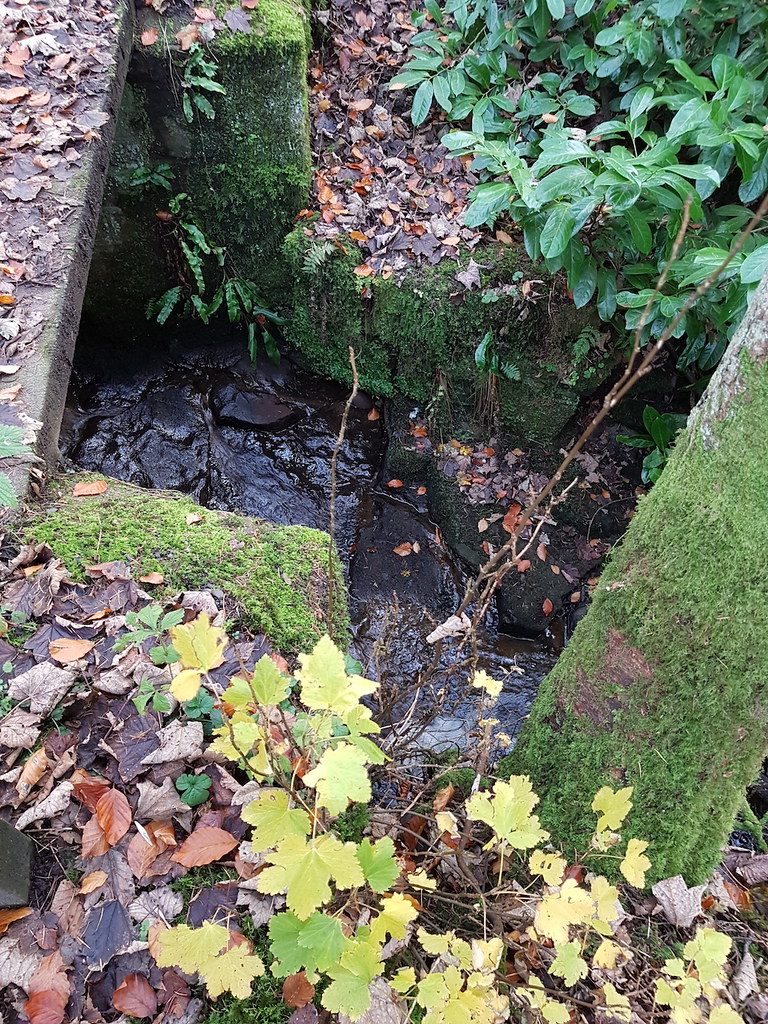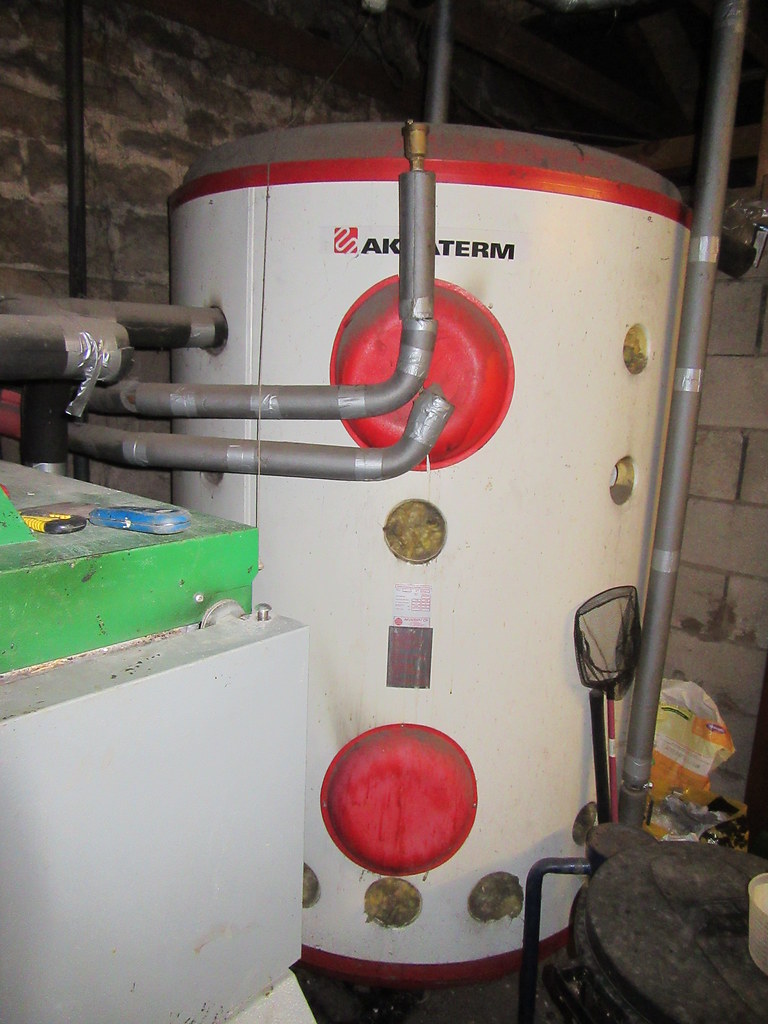RogerS
Established Member
sunnybob":2njmpp6d said:I am very sceptical of this home generation.
300 watts wont cover your workshop lighting, let alone ANY mains powered machine.
Averaging output over 24 hours is not relevant. Try boiling a kettle with 300 watts, while watching the TV.
Then take into consideration how much you have spent on parts, even if you dont count a single hour of your time in making the damn thing.
THEN, calculate how much it costs to buy that much power from the grid.
Roof mounted solar systems on the other hand, do generate enough to be useful. Even if it is very expensive to install at least you can get some return on your outlay with the possibility of actually getting your money back, where this is all dead money.
Spot on, sb, and I foresee a lot of spreadsheet work to validate the project (if at all).






